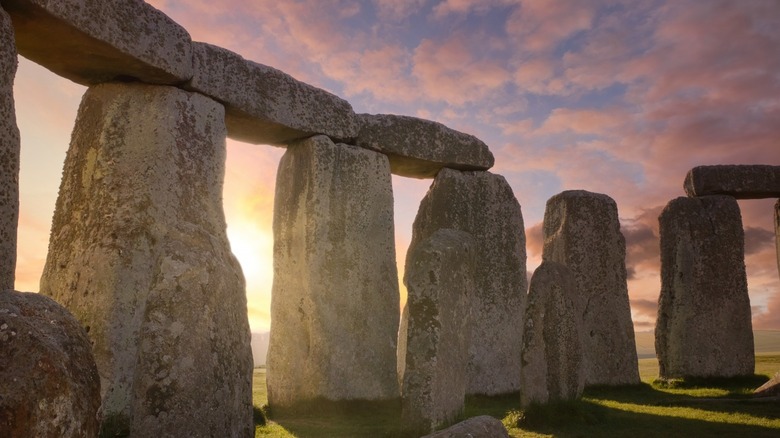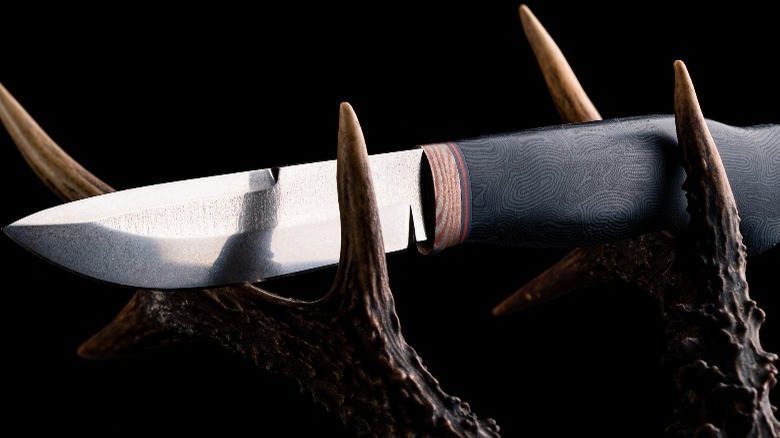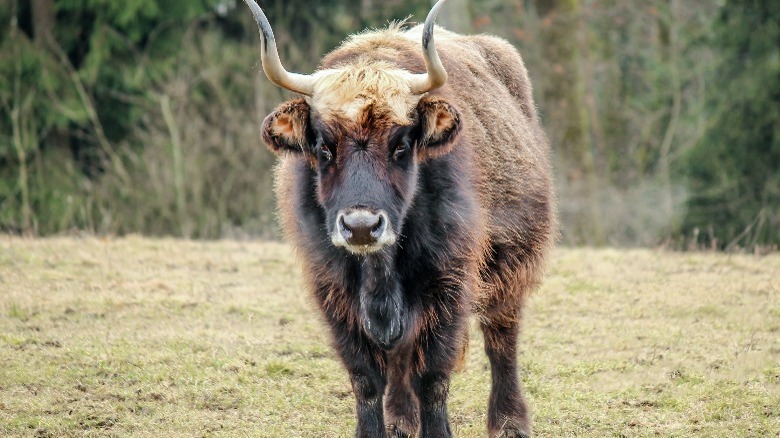The Unexpected Connection Between Stonehenge And BBQ
If you thought barbecue was an American creation, you're at least four thousand years late and on the wrong continent. Placing animal flesh over an open flame or burning pit for a crowd of people actually stretches back a lot further. It's recently become one of the few things that experts on United Kingdom landmark Stonehenge can agree on.
As History points out, debate over what purpose the ring of huge stones served for the local culture at the time it was built has raged forever. Theories range from a gigantic sundial to a center for religious ceremonies. Regardless of the purpose, experts across several disciplines agree that it was a place where people gathered. Even back then, when you have people gathering, you need to feed them. Until recently, though, evidence pointing toward how that happened remained scant.
Just like how BBQ is best with fresh cuts of meat, fresh archeological looks at the historical site have produced new insight into the culinary and social habits of the people who dwelled near Stonehenge in the ancient past. It turns out the data suggests they were also carnivorous connoisseurs. Barbecue's power to bring people together apparently goes back a long way.
Stonehenge's link to BBQ
Archaeological News Network publicized its latest fascinating findings on the culinary creations of Stonehenge construction contemporaries. The new conclusions came from examinations of non-human remains from the site. It all points to one inescapable verdict; the people in question were barbecue fans.
Smithsonian Magazine points out that University of Sheffield and University of York researchers analyzed fat residue from animal bones and pottery shards. They found distinctive burn patterns indicative of a roasting process. Furthermore, the array of different bovine and swine bones suggests that the people who lived in the area either brought the entire animal to or found their barbecue subjects at the site and did the butchering right there. Flint tools found at the site support that theory.
On top of the site's purpose, there is more the evidence doesn't tell us about how the people who gathered at the site ate. Researchers wouldn't be able to tell whether the locals made the common barbecue mistake you're probably making with sauce, for example. Archaeologists do suggest, though, that barbecue might have actually played a role in the selection of the specific site for the monument.
Aurochs might have drawn a crowd
According to LiveScience, instead of bringing the beef to the party, the locals at Stonehenge in ancient times might have brought the party to the beef. This is due to a concentration of bones of wild auroch cows, a now-extinct breed. David Jacques of Open University in the United Kingdom says that suggests the site of Stonehenge might have been along the migration routes of herds of the beasts.
However, the evidence doesn't make it pristinely clear if the people who lived near Stonehenge made the trek specifically to hunt aurochs or not. Additionally, we don't know for sure what methods they used to cook the meat, per Smithsonian Magazine.
Fortunately for us, though, we have learned many of the best barbecue techniques in the centuries since. For instance, using low heat over time will cook the best barbecue, according to food scientists. Time should also unveil more about the purpose of Stonehenge and the culture around the monument. For now, though, the evidence points toward Stonehenge incorporating BBQ to some degree.


